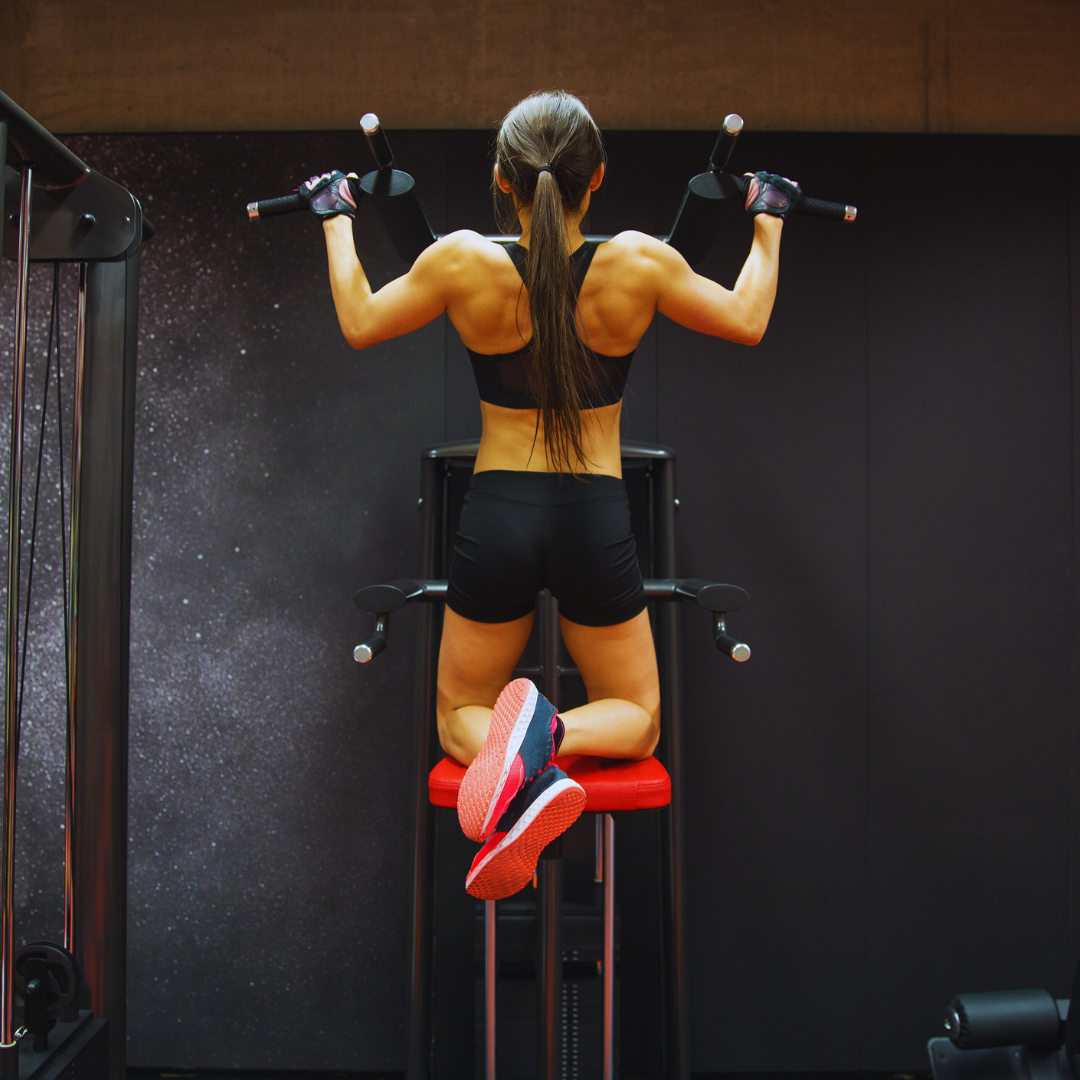Learning how to do pull-ups is a fundamental exercise that builds upper body strength and enhances overall fitness. By mastering pull-ups, individuals can significantly improve their core stability and strength training abilities, making them a key component in any workout regimen.
Pull-ups engage multiple muscle groups, including the back, shoulders, and arms, offering a comprehensive body workout. Those who can perform pull-ups not only demonstrate physical strength but also exhibit improved functional fitness for various activities.
Individuals of all fitness levels can learn to do pull-ups with the right approach and techniques. With consistent practice and targeted exercises, progressing to a full pull-up becomes achievable, unlocking benefits that extend beyond the gym.
Equipment and Setup
To effectively perform pull-ups, selecting the right equipment and understanding grip variations is crucial. The right setup ensures safety and maximizes strength gains in the upper body.
Choosing the Right Pull-Up Bar
When selecting a pull-up bar, consider the type and location. There are several options available:
- Wall-Mounted Bars: These offer stability and are often used in home gyms. They require sturdy walls.
- Doorway Bars: These are versatile and easy to install. Ensure the doorframe can support your weight.
- Freestanding Structures: These allow various exercises but require more space.
Choose a bar with a comfortable grip diameter, ideally between 1 to 1.5 inches. This helps improve grip strength while performing various pull-up styles. Additionally, the bar’s height must accommodate full body movement, allowing for leg clearance.
Understanding Grip Variations
Grip type can significantly impact the effectiveness of pull-ups. Here are the main variations:
- Overhand Grip (Pull-Up): Palms face away. This engages the back muscles effectively.
- Underhand Grip (Chin-Up): Palms face towards you. This focuses on the biceps and can be easier for beginners.
- Neutral Grip: Palms face each other. This is often most comfortable and reduces strain on the shoulders.
Experimenting with these grips can enhance overall muscle development. Proper grip strength is essential for improved performance and safety during pull-ups.
Mastering the Basics
To effectively learn pull-ups, one must focus on proper form and develop the necessary strength. Establishing a solid foundation is crucial for both beginners and those aiming to enhance their skills.
The Correct Pull-Up Form
Proper pull-up form is essential for maximizing strength gains and preventing injury. The starting position involves gripping the bar with palms facing away and hands slightly wider than shoulder-width apart. The shoulders should be engaged, and the body should hang straight down.
During the pull-up, individuals should pull their bodies upward until their chin clears the bar. It’s important to keep the elbows close to the body, avoiding excessive swinging or momentum. The movement should be controlled, engaging the back and arm muscles effectively.
To lower the body, a slow, deliberate descent helps build control. This negative portion of the exercise strengthens the muscles used in the pull-up while also preparing the body for future attempts.
Developing Initial Strength with Assisted Pull-Ups
Assisted pull-ups can help beginners build the strength needed for unassisted variations. Many gyms offer assisted pull-up machines or bands, which reduce the amount of body weight lifted.
To perform an assisted pull-up, one must grasp the bar and place their knees or feet on the machine or band. This assistance allows the individual to focus on engaging the correct muscles while gradually increasing their strength.
Negative pull-ups serve as an alternative method for establishing strength. By starting at the top position and lowering slowly, individuals can effectively target the same muscle groups. Over time, as strength improves, reducing assistance will lead to the ability to perform a full pull-up.
Building Strength and Technique
To perform pull-ups effectively, developing both the necessary strength and proper technique is essential. This involves progressively building muscle while refining movement patterns to ensure efficiency.
Incorporating Progressive Exercises
Progressive exercises serve as an essential foundation for pull-ups. By starting with movements such as lat pulldowns, an individual can target the latissimus dorsi, a key muscle used during pull-ups.
Incorporating bodyweight rows allows for building back muscles and arm strength while promoting proper pull-up form. Other effective drills include band-assisted pull-ups, which help reduce body weight while retaining the pull-up motion and mechanics.
Scapular pull-ups are another important component. This exercise targets the shoulders and engages the scapular muscles, helping to stabilize the upper body during pull-ups. Performing these exercises consistently will lead to gradual strength gains necessary for executing unassisted pull-ups.
Refining Pull-Up Technique
Mastering the pull-up technique involves focusing on posture and movement efficiency. Proper engagement of the core and back muscles is critical. The shoulders should be down and back before initiating the pull-up. This helps to prevent strain and ensures better form.
When performing the pull-up, the grip variation can influence muscle engagement. A wider grip emphasizes the latissimus dorsi, while a narrower grip puts more focus on the biceps.
During the movement, it’s important to maintain control. Avoid swinging or using momentum. Smooth, controlled motions ensure that the muscles work effectively while minimizing the risk of injury. Practicing these elements will build a strong foundation for achieving unassisted pull-ups.
Advanced Techniques and Variations
To maximize the effectiveness of pull-ups, incorporating variations and advanced techniques can enhance strength and muscle engagement. These strategies focus on increasing difficulty, targeting different muscle groups, and improving overall performance.
Exploring Pull-Up Variations
Pull-up variations can significantly impact muscle recruitment and strength development. Common variations include:
- Chin-Ups: Using an underhand grip emphasizes the biceps more than traditional pull-ups.
- Wide-Grip Pull-Ups: This variation targets the upper back and lats more intensely.
- Archer Pull-Ups: Shifts weight to one arm, increasing difficulty and building unilateral strength.
- Commando Pull-Ups: Introducing a rotational element that engages core muscles.
Each variation requires a full range of motion to be effective. Practicing these variations regularly helps develop muscle endurance and strength in different areas.
Integrating Weighted and Eccentric Pull-Ups
Weighted pull-ups add resistance, enhancing strength-building outcomes. By attaching weights using a dip belt or holding a dumbbell between the legs, individuals can challenge their muscles further, particularly the lats, traps, and biceps.
Eccentric pull-ups focus on the descending phase of the movement. Slowing down the lowering portion builds muscle strength and control. This technique is particularly effective for those looking to improve their overall pull-up performance.
Dead hangs can also complement these advanced techniques, increasing grip strength and shoulder stability—key components for performing pull-ups efficiently.


